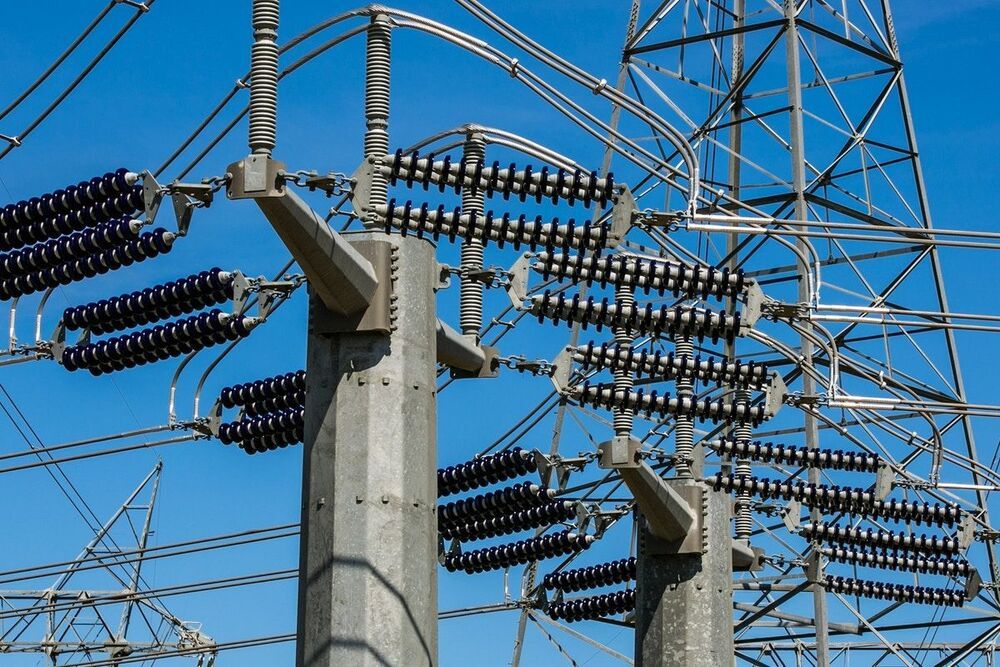The company hails world first as it takes on established ‘conventional’ quantum giants.



The intrusions appear to have occurred via a Microsoft corporate partner that handles cloud-access services, those familiar with the matter said. They did not identify the partner or the company known to have had emails stolen. Like others, these people spoke on the condition of anonymity to discuss what remains a highly sensitive subject.


Yale physicists have developed an error-correcting cat — a new device that combines the Schrödinger’s cat concept of superposition (a physical system existing in two states at once) with the ability to fix some of the trickiest errors in a quantum computation.
It is Yale’s latest breakthrough in the effort to master and manipulate the physics necessary for a useful quantum computer: correcting the stream of errors that crop up among fragile bits of quantum information, called qubits, while performing a task.
A new study reporting on the discovery appears in the journal Nature. The senior author is Michel Devoret, Yale’s F.W. Beinecke Professor of Applied Physics and Physics. The study’s co-first authors are Alexander Grimm, a former postdoctoral associate in Devoret’s lab who is now a tenure-track scientist at the Paul Scherrer Institute in Switzerland, and Nicholas Frattini, a graduate student in Devoret’s lab.

The Korea Superconducting Tokamak Advanced Research(KSTAR), a superconducting fusion device also known as the Korean artificial sun, set the new world record as it succeeded in maintaining the high temperature plasma for 20 seconds with an ion temperature over 100 million degrees.

A team of researchers affiliated with several institutions in the U.K. and one in Saudi Arabia has developed a way to produce jet fuel using carbon dioxide as a main ingredient. In their paper published in the journal Nature Communications, the group describes their process and its efficiency.
As scientists continue to look for ways to reduce the amount of carbon dioxide emitted into the atmosphere, they have increasingly focused on certain business sectors. One of those sectors is the aviation industry, which accounts for approximately 12% of transportation-related carbon dioxide emissions. Curbing carbon emissions in the aviation industry has proved to be challenging due to the difficulty of fitting heavy batteries inside of aircraft. In this new effort, the researchers have developed a chemical process that can be used to produce carbon-neutral jet fuel.
The researchers used a process called the organic combustion method to convert carbon dioxide in the air into jet fuel and other products. It involved using an iron catalyst (with added potassium and manganese) along with hydrogen, citric acid and carbon dioxide heated to 350 degrees C. The process forced the carbon atoms apart from the oxygen atoms in CO2 molecules, which then bonded with hydrogen atoms, producing the kind of hydrocarbon molecules that comprise liquid jet fuel. The process also resulted in the creation of water molecules and other products.

Peterborough, ON — Ontario Power Generation (OPG), its subsidiary Laurentis Energy Partners (Laurentis), BWXT ITG Canada Inc. and its affiliates (BWXT) are making significant progress toward the production of molybdenum-99 (Mo-99) at OPG’s Darlington Nuclear Generating Station. Mo-99 is a much-needed medical isotope used in over 40 million procedures a year to detect cancers and diagnose various medical conditions.
Over the past 24 months, a team of more than 100 personnel at BWXT and Laurentis designed specialized tooling at BWXT’s facility in Peterborough to enable the production of Mo-99 at Darlington. The manufacturing of this specialized tooling is currently underway at the same BWXT facility in Peterborough.
BWXT has also built a fabrication facility at its current location in Peterborough to produce Mo-99 components that will be delivered by the specialized tooling, which will be installed at Darlington. The tooling will deliver the molybdenum into the Darlington reactor for irradiation, which will enable Darlington to become the first commercial operating nuclear reactor to produce Mo-99.
“This advanced equipment is an example of how Laurentis is maximizing decades of experience within the nuclear industry for the delivery of innovative solutions,” said Dominique Minière, President of Laurentis Energy Partners. “These milestones represent a considerable step forward in the implementation of this industry-leading technology.”

😃
Is there a slight possibility that advanced alien civilizations may have already found us without us even noticing?
According to experts, intelligent alien beings may be quietly watching over humankind in a kind of ‘galactic Zoo.’
Scientists say that despite us still not finding evidence that aliens exist, it doesn’t mean that aliens haven’t found us.

Poor sleep and other issues with circadian rhythm are common for people with Alzheimer’s disease. Now researchers may have a clue to why.
“If your circadian clock is not quite right for years and years—you routinely suffer from disrupted sleep at night and napping during the day—the cumulative effect of chronic dysregulation could influence inflammatory pathways such that you accumulate more amyloid plaques,” says Erik Musiek. (Credit: Getty Images)
Fractured sleep, daytime sleepiness, and other signs of disturbance in one’s circadian rhythm are common complaints of people with Alzheimer’s disease, and the problems only get worse as the disease progresses.